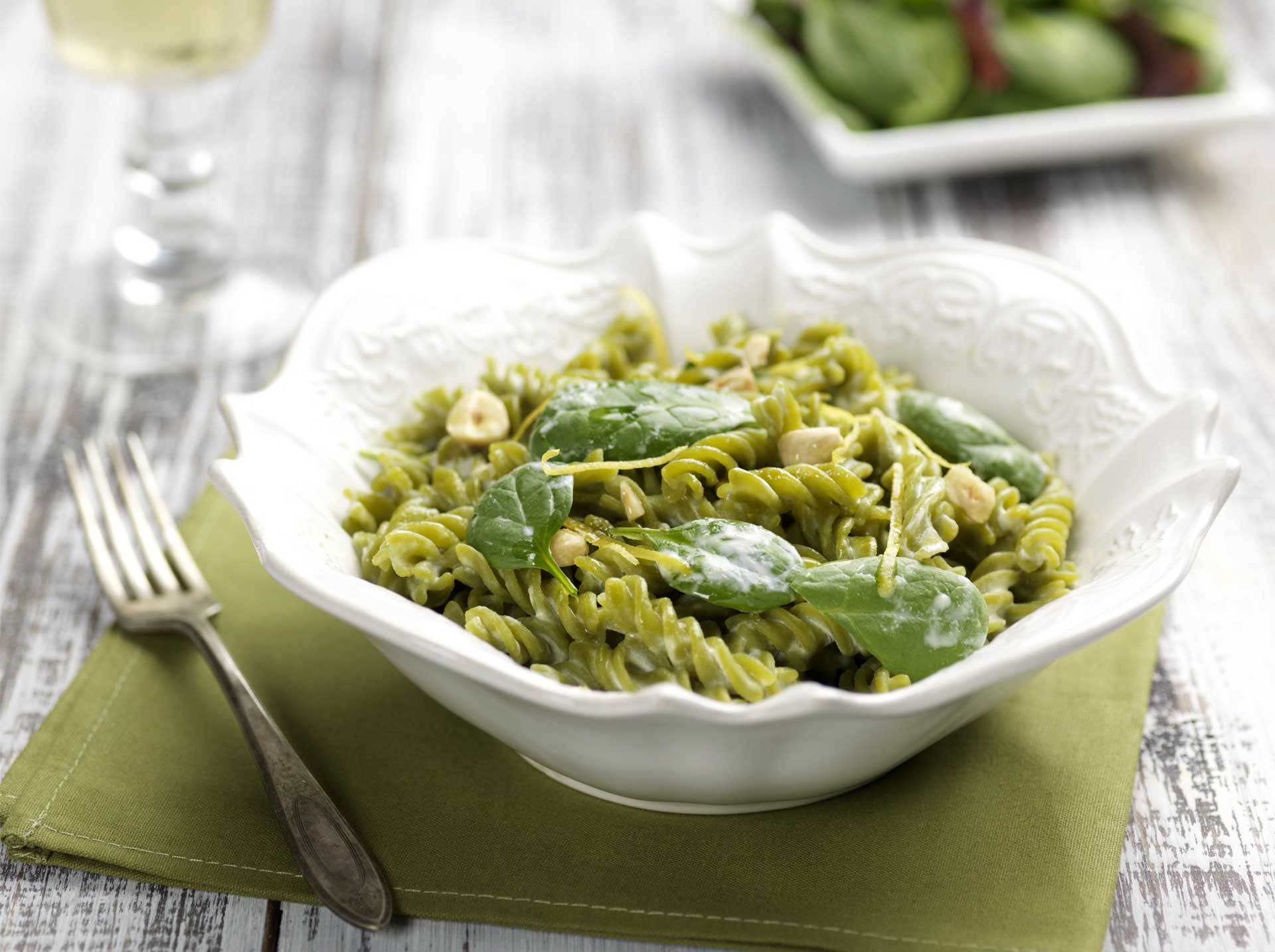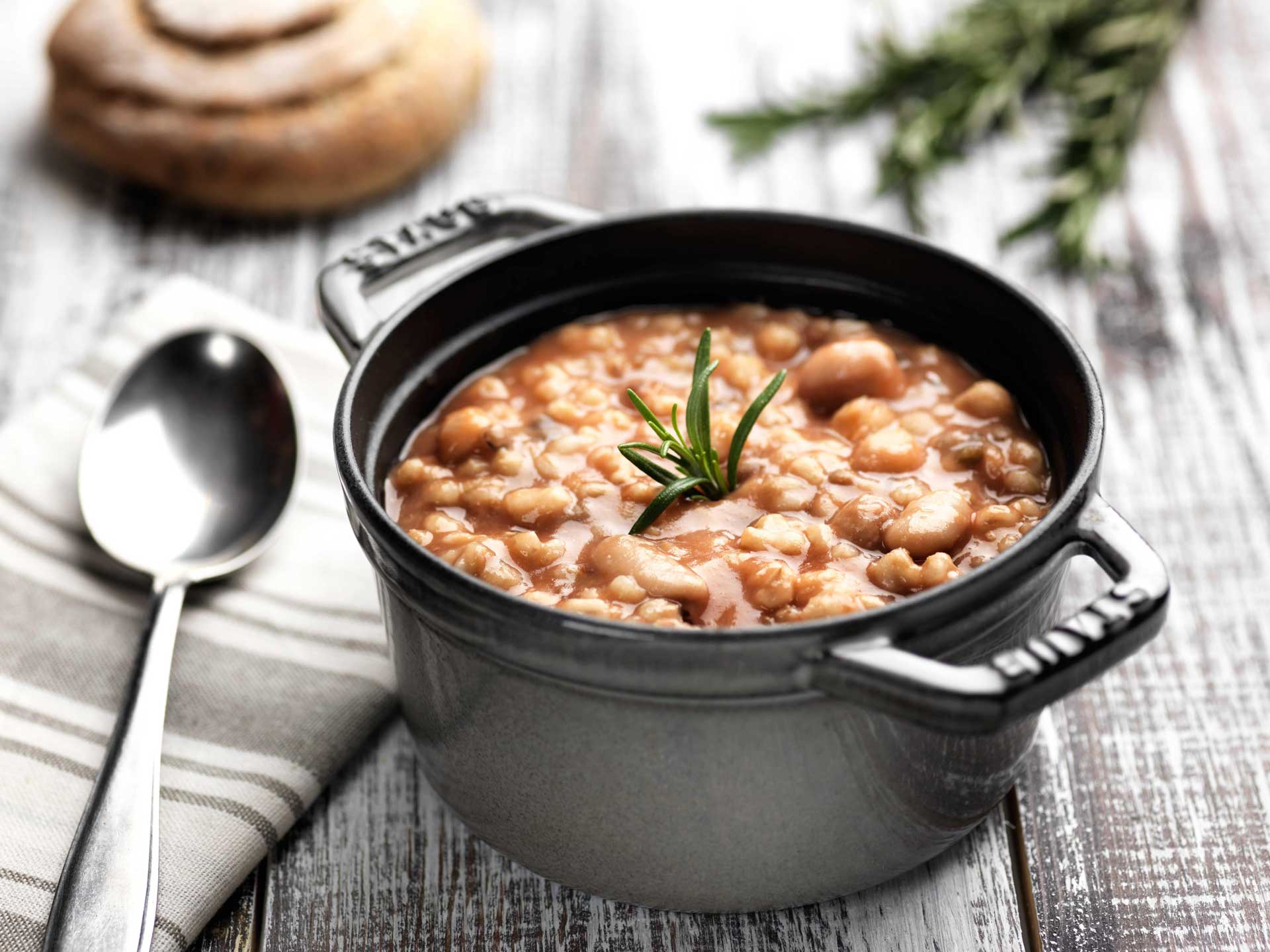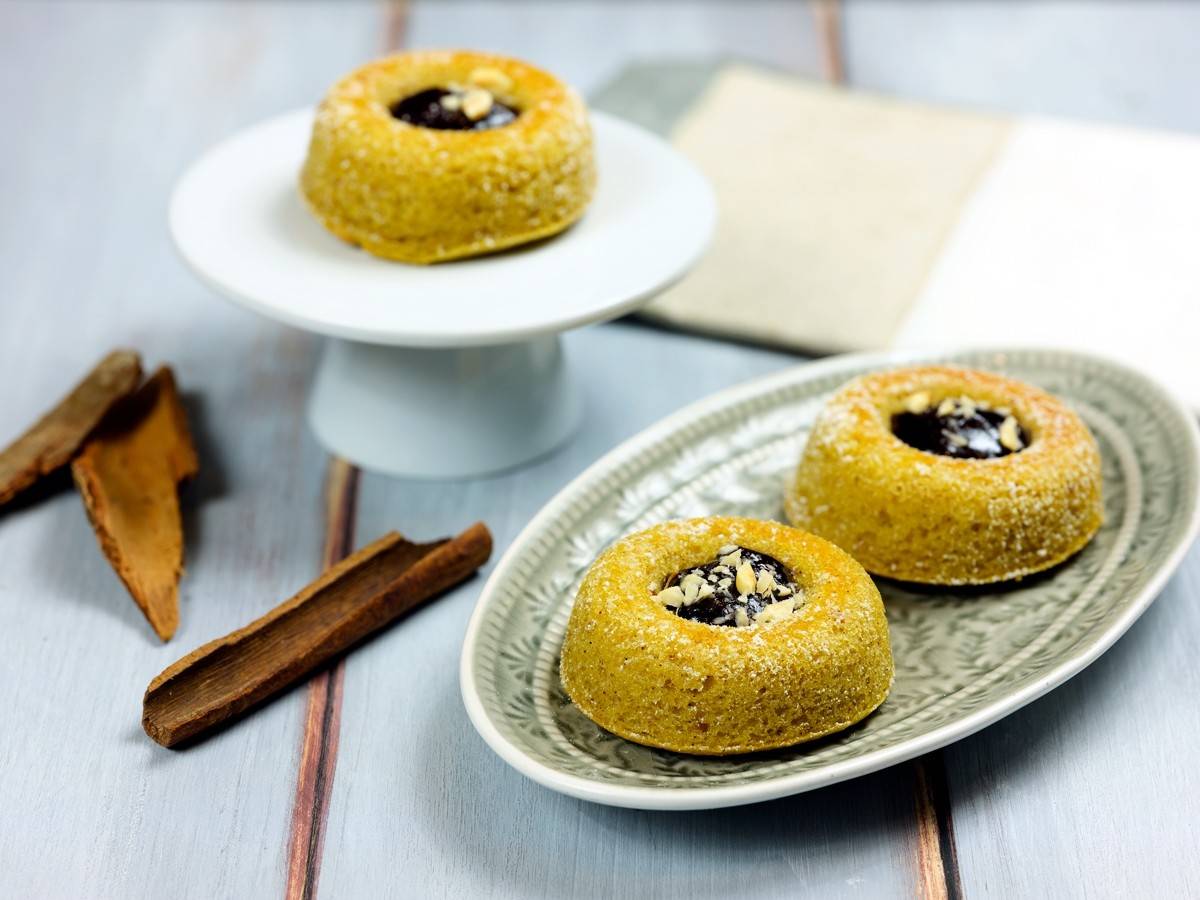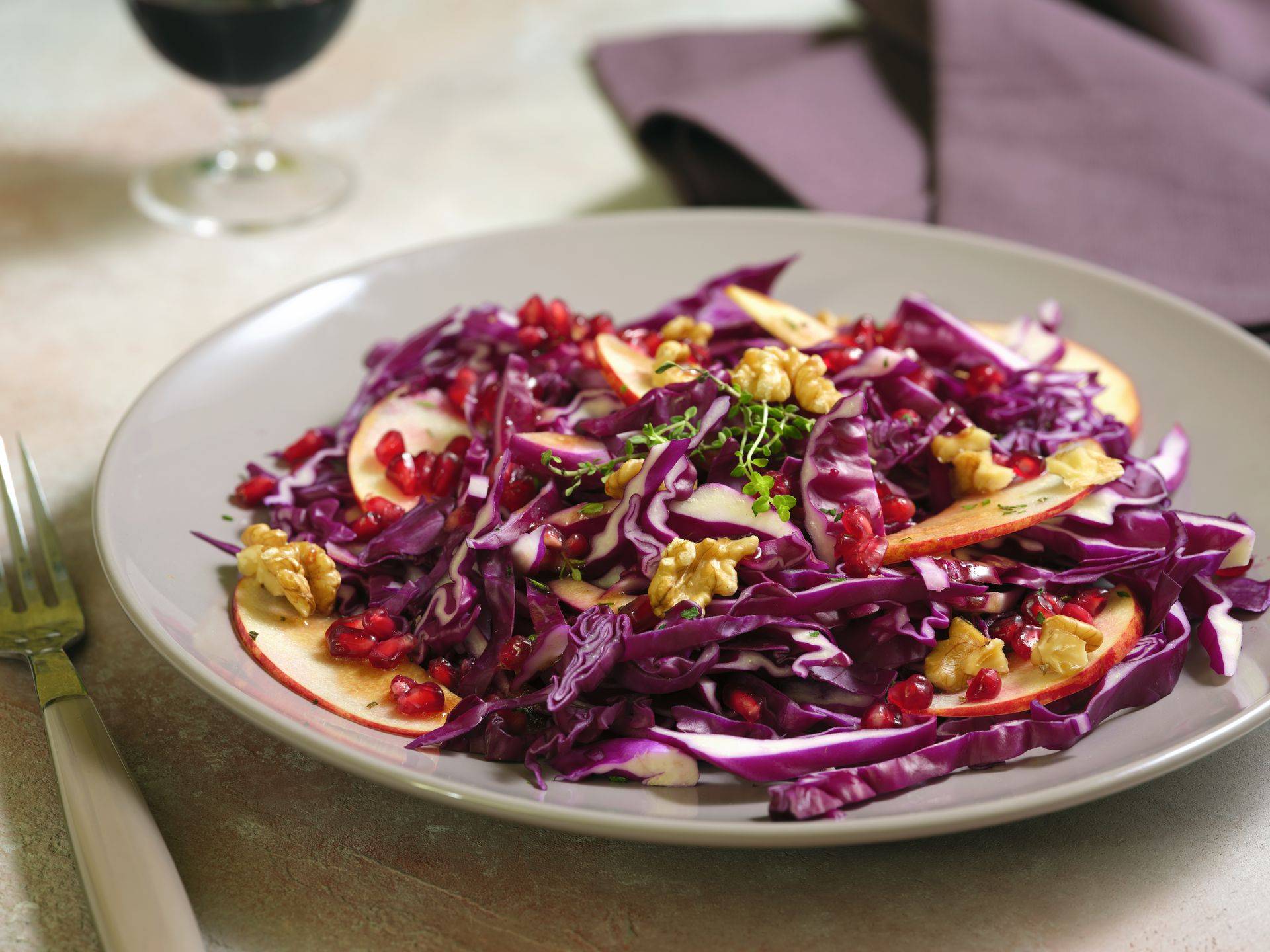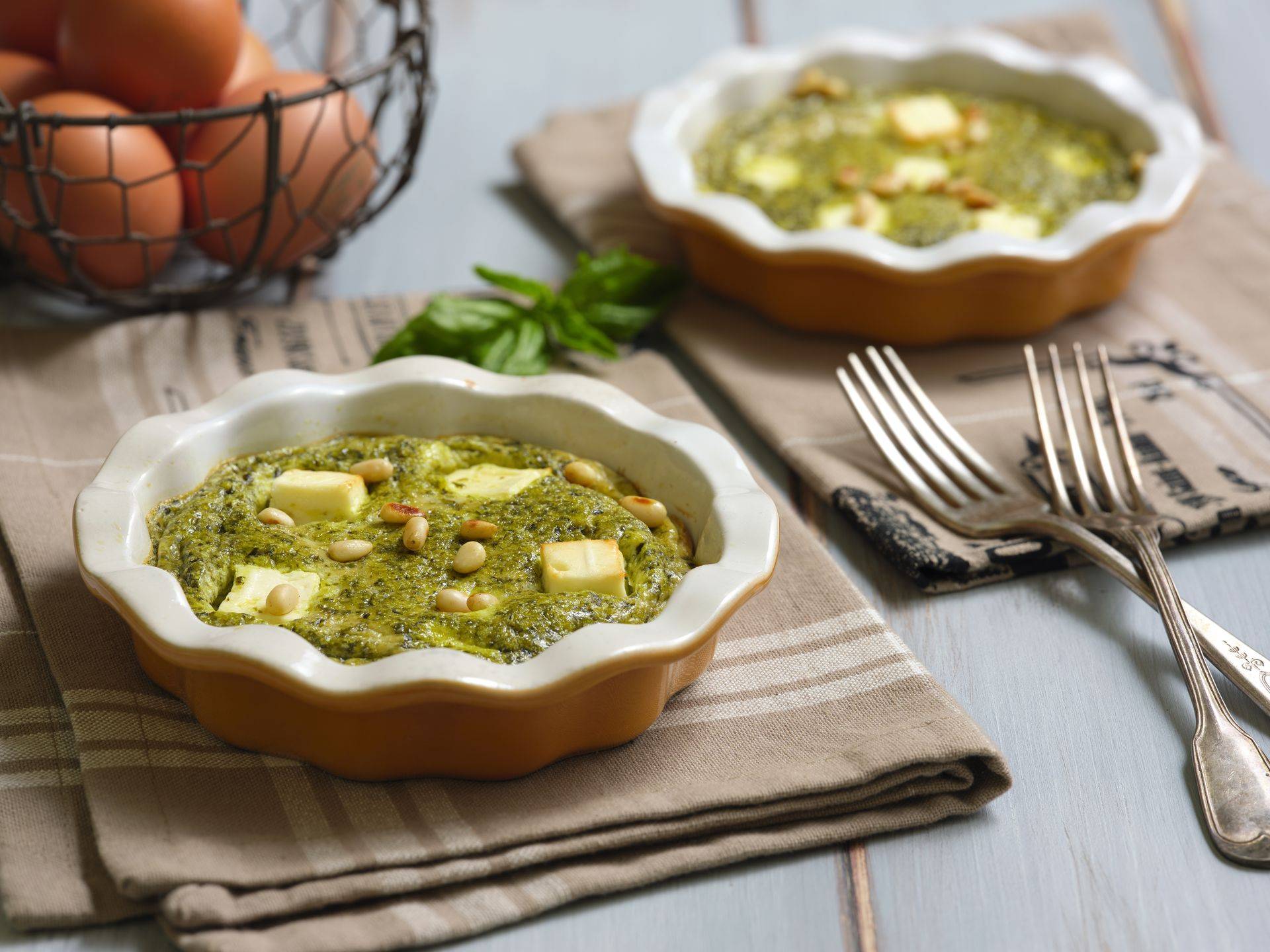.png)
How to cook organic dried legumes in a few simple steps
Legumes are among the main elements of our diet, with their properties contribute to provide our body with the right needs for a healthy and balanced diet. Whether they are dried or fresh legumes, the important thing is to choose them organic to be sure of their origin and ensure an authentic taste on the table. Legumes represent an extremely sustainable food, in fact, from the environmental point of view legumes plants have an important role in the defense of soil fertility thanks to their ability to fix nitrogen to the soil, reducing the use of chemical fertilizers and contributing to the protection of water and the environment.
There are different types on the market:
- organic fresh vegetables
- organic dried legumes
- canned vegetables
Each type, prepared in a different way, enriches the food offer of Italian cuisine in fact legumes are used both as a side dish and as ingredients for pasta dishes, legume soups or cold salads. Today, however, we will focus on the characteristics and the preparation of organic dried legumes to bring to the table the healthy and genuine taste.
How to cook organic dried legumes
Dried legumes have a higher concentration of proteins, carbohydrates and lipids and, especially in winter, represent in our diet a certainty and a valid help in case of fatigue and weakness. Not all legumes can be found on the market fresh, such as lentils or chickpeas, must of our kitchen, and knowing how to cook dry ones is essential to enjoy them to the fullest. The statistics, in fact, want dried legumes as the most used, although some of them provide a longer preparation. So, let’s find out how to cook organic dried legumes to bring to the table the genuine taste of our land.
Cooking dried legumes with soaking
To be cooked well some dried legumes need a preliminary soaking necessary to moisturize the seed and get a very creamy final result. Depending on the legume you can have soaking of different duration, for example lentils need a quick soaking of a few minutes unlike chickpeas, which, to obtain a tasty and silky dish, are often left to soak even the whole night. Soaking is a very important step to soften, rehydrate and remove oligosaccharides. The best soaking technique is:
- Wash legumes under water to remove some impurities
- Dip the legumes in a pot with cold water, without adding salt because this would make them harder
- Soak legumes for as long as necessary, even overnight.
Immediately after soaking, it is cooked, which must follow the following procedures:
- Drain them from the previous pot and put them in a crock pot with cold water
- Slowly raise the temperature and bring them to a boil over low heat
- Season them with your favorite seasoning, better if it is organic extra virgin olive oil, also flavored.
The slow gradual cooking and the preventive soaking are the secrets for a perfect cooking because, otherwise, the starch of legumes would not absorb enough water thus not guaranteeing the actual cooking of the whole legume.
Cooking dried legumes without soaking
If you don’t have a lot of time to soak and prefer a faster preparation, here are some directions to follow to cook dried legumes without soaking:
- pressure cooker
- oven passage
- traditional pot
Using the pressure cooker greatly reduces cooking time, but it may not allow the legume to release all its flavor.
The passage in the oven, instead, would simply reduce the waiting time before the final cooking compared to the soaking, but would not completely eliminate the preparation of the legume for cooking, since it would last at least 1 hour. Finally, the use of the traditional pot, sweeter than the other two modes indicated above, would also provide a rest time ranging from 2 to 4 hours.
Finally, as a suggestion, to enjoy to the maximum all the components of dried legumes, we suggest the perfect combo of soaking and traditional cooking. These are the essential tips to follow to get a tasty dish bringing to the table the quality and refinement of organic Italian cuisine, the real authentic taste.
